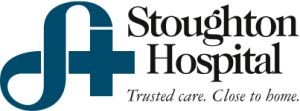First introduced in FY2015, the hospital-acquired condition (HAC) reduction program was created to incentivize short-term acute care hospitals to reduce the amount of HACs by penalizing those that fail to do so. HACs are reasonably preventable conditions that patients did not have upon admission to a hospital. Hospitals that are deemed to have a high HAC rate and fall within the worst quartile nationally are set to be penalized a 1% payment reduction for all Medicare discharges in FY2016.
For FY2016, hospitals are assigned an HAC score based on two “domains”:
Domain 1, the Agency for Healthcare Research and Quality composite score for Patient Safety Indicators (AHRQ PSI 90), which includes pressure ulcers, post-operative hemorrhage or hematoma, and post-operative pulmonary embolism or deep vein thrombosis, among others.
Domain 2, the National Healthcare Safety Network Healthcare-Associated Infection measures, which includes central line associated blood stream infections (CLABSI), catheter associated urinary tract infections (CAUTI), and surgical site infections (SSI) for colon and hysterectomy.
Hospitals are scored 1 through 10 on each domain, with 1 being the best and 10 being the worst, and given an overall HAC score from the two combined. Those hospitals that then fall within the worst quartile nationally receive a penalty.
According to the Definitive Healthcare database, 758 hospitals are set to receive a HAC penalty for FY2016, amounting to an estimated $273 million in lost revenue. On average these hospitals will be penalized nearly $360,000, but many hospitals, including some of the most well-known ones, are set to lose much more.







